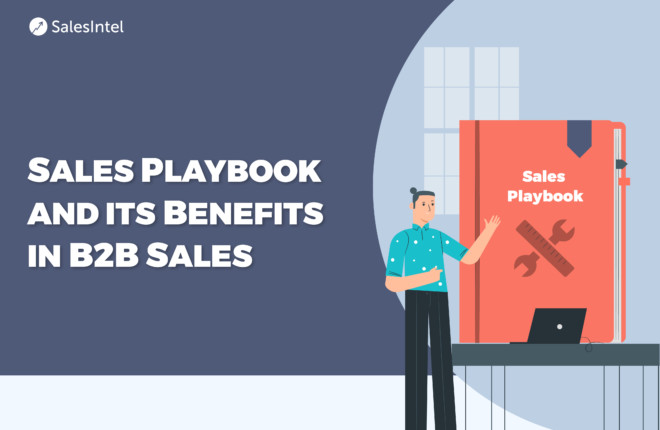A sales playbook is a worthwhile investment for any B2B organization looking to increase sales effectiveness, develop top sales performers, reduce flaws in the sales process, and close more deals. It includes more than just email templates and call scripts.
With a powerful B2B sales playbook, salespeople can get better at selling, learn to deal with specific sales challenges, deliver quality customer experiences, and secure more sales wins. To build a winning sales playbook, you need to:
- Create specific sales playbook goals
- Analyze your sales process and audit your existing sales content
- Select the right people to join your sales playbook taskforce
- Gain a deeper understanding of your buyer personas
- Collaborate with the marketing department
- Carefully select the sales plays to be included in your playbook
- Map your sales process to the buying process prospects go through
Building a sales playbook is not a one-time process. Sales playbooks need to be regularly updated and reviewed to maintain their effectiveness. Invite feedback from users to know where your sales playbook is lacking, what challenges they’re facing, and which sections need to be refined. Furthermore, sales playbooks are unique to each business, and you can’t expect one-size-fits-all playbooks to work with 21st century, dynamic sales processes.
Ensure your sales playbook stays relevant to the purpose it was created for, the buyer’s journey, your sales strategy, and the goals you’re looking to achieve. You can also take the initiative of analyzing the usefulness of your sales playbook and how it has impacted your sales team’s performance. Be sure to make your sales playbook accessible to everyone on your sales team. You can also share it with the marketing team to gain additional inputs and foster collaboration with them.
The infographic presented below offers more information on sales playbooks and how they benefit B2B sales.





